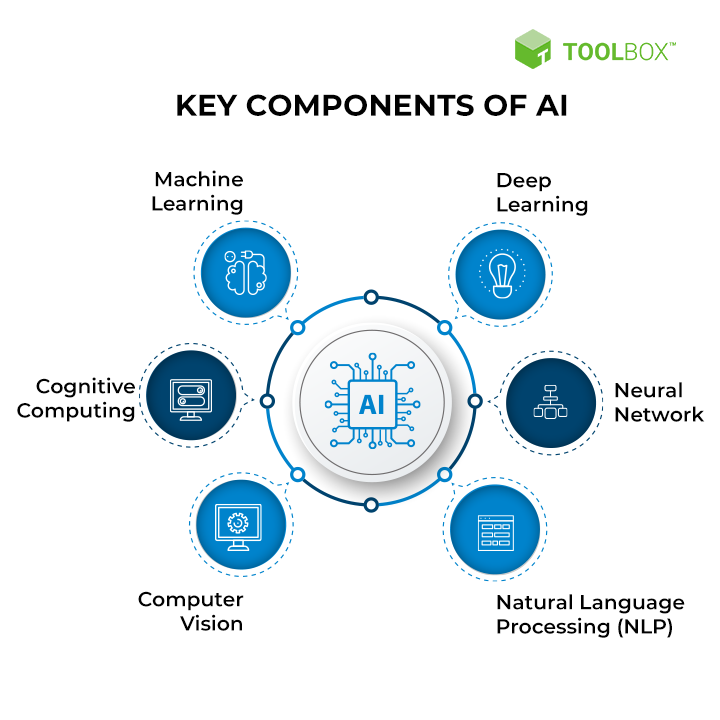The role of Artificial intelligence in transforming governance in India is immense due to the scale and size of data availability and rapidly digitization in India to revolutionize governance, in India.

Digital Public Infrastructure (DPI) is a digital framework that allows governments, businesses and citizens to interact, share resources, and expand economic opportunities.
To know more about DPI, click here
90-crore Indians are connected to the Internet and by 2026 that figure will touch 120 crore, making India the largest connected and digitalized country in the world.
GovAI can accelerate the IndiaAI ecosystem, resulting in a vast network of companies and innovators developing AI models, solutions and platforms.